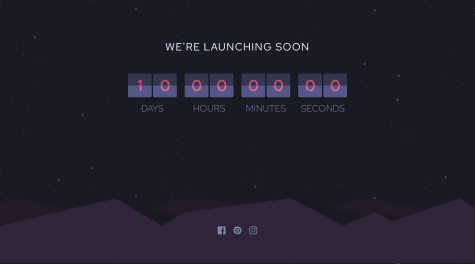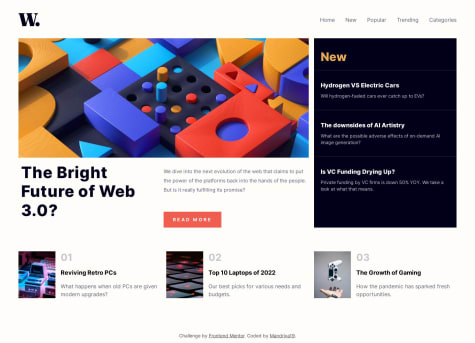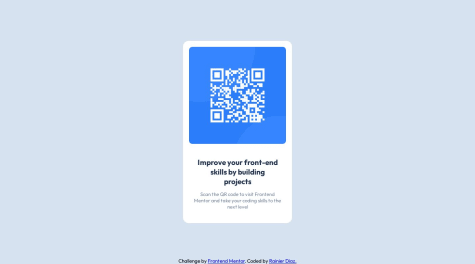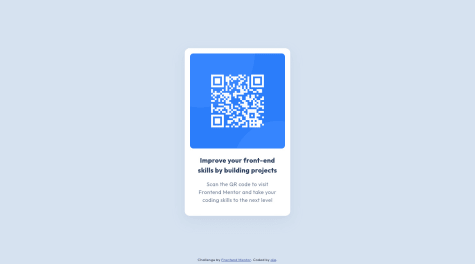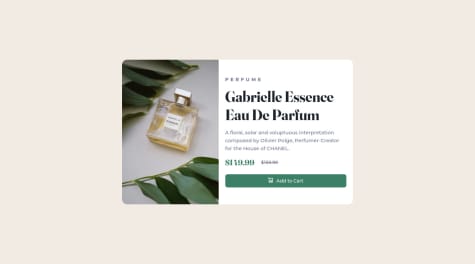✅ Proud of:
- Accessibility and Semantic Markup: I made sure to use semantic HTML elements (like
<section>,<article>,<h2>, and<button>) along with ARIA attributes to create an inclusive experience. - Interactive and Smooth Transitions: Implementing the CSS transition for expanding and collapsing the FAQ sections really enhanced the user experience.
- Dynamic Icon Updates: Updating the icon (switching from plus to minus) with descriptive alt text provided clear visual and accessible feedback on the accordion's state.
🔄 What would I do differently next time?:
- Dynamic Height Calculation: Instead of using a fixed maximum height for the accordion content transition, I would implement a dynamic calculation using JavaScript (e.g., setting
max-heightbased onscrollHeight). This would make the solution more robust for varying content lengths.
🏗️ Challenges:
-
Balancing Accessibility with Custom Interactions: Ensuring that the interactive elements (especially custom accordion buttons) remained accessible with clear ARIA attributes and keyboard support was a key challenge.
-
Smooth Transitions for Collapsible Content: Animating the height of an element whose content is dynamic (using
height: auto) is inherently tricky, as CSS transitions don't work directly on auto values.
🎉 How I Overcame Them:
- ✅ Accessibility: I leveraged native elements (like
<button>) to handle keyboard interactions and added ARIA properties to communicate the current state to assistive technologies. This minimized the need for custom keyboard event handling. - ✅ Transition Issue: I used a CSS trick with
max-heightand a predefined large value to simulate smooth transitions. Although this approach works, it highlighted the need for dynamic calculations, which is something to explore further in future iterations.
-
Dynamic Height Calculation for Transitions: I would appreciate suggestions on how to implement a dynamic solution that calculates the actual height of the accordion content (using properties like
scrollHeight) to create smoother and more adaptive transitions. -
Code Refactoring: Feedback on structuring the JavaScript code in a more modular or scalable way would be beneficial. For instance, should I encapsulate the accordion behavior in a class or use a particular design pattern?
-
Cross-Browser Compatibility: Any insights or testing recommendations on ensuring that the CSS transitions and ARIA attributes work seamlessly across different browsers and devices would be valuable.

